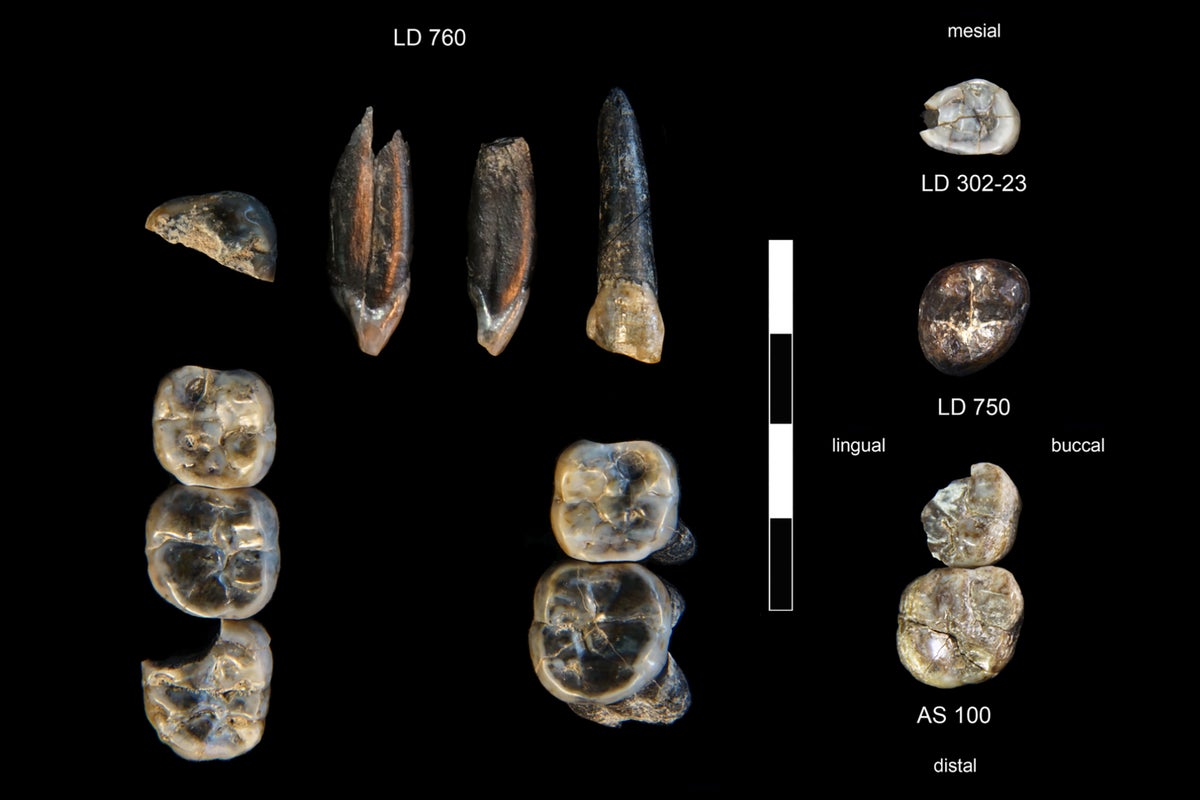Now Reading: Scientists Identify New Human Ancestor from Fossil Teeth
-
01
Scientists Identify New Human Ancestor from Fossil Teeth
Scientists Identify New Human Ancestor from Fossil Teeth

Quick Summary
- Researchers in Ethiopia have discovered a previously unknown species of the genus Australopithecus, based on ancient teeth dating back 2.8 to 2.6 million years.
- The revelation was made at the Ledi-Geraru site in northeastern Ethiopia, with fossil collections conducted from 2015 to 2018.
- This new species likely lived alongside early members of the genus Homo within the same time frame.
- The research team from Arizona State University has not yet named the new species due to insufficient skeletal remains beyond teeth.
- Published findings emphasize that multiple hominin lineages coexisted in Eastern Africa between three and 2.5 million years ago,challenging older linear models of human evolution.
- Studies on tooth enamel may provide insights into how these hominins shared resources without competing directly for food.
Indian Opinion Analysis
The discovery further illuminates humanity’s complex evolutionary history, moving away from traditional “linear” narratives to one resembling a branching tree or bush with several offshoots that did not directly contribute to modern humans (Homo sapiens). For India’s scientific community,this underscores the importance of fostering interdisciplinary research programs in paleoanthropology and evolutionary biology – fields where India’s own vast geological diversity holds untapped potential. Ethically supporting such discoveries also encourages broader public interest globally and strengthens collaborative scientific efforts between countries like India and Ethiopia. While indirect for India’s context, findings highlight universal questions about adaptation and survival-key insights that remain relevant across sociocultural paradigms.Read More



























